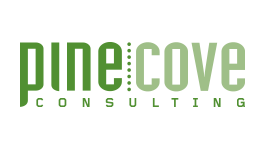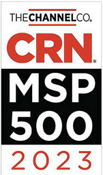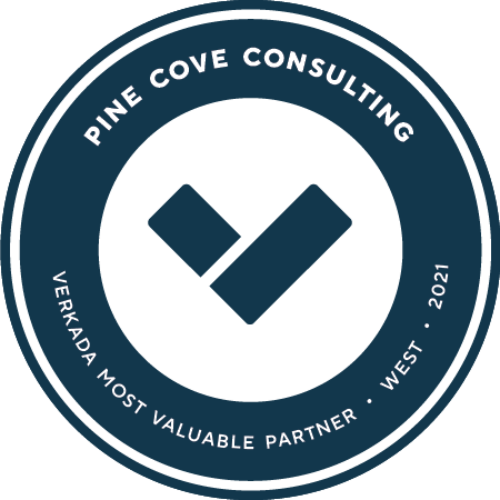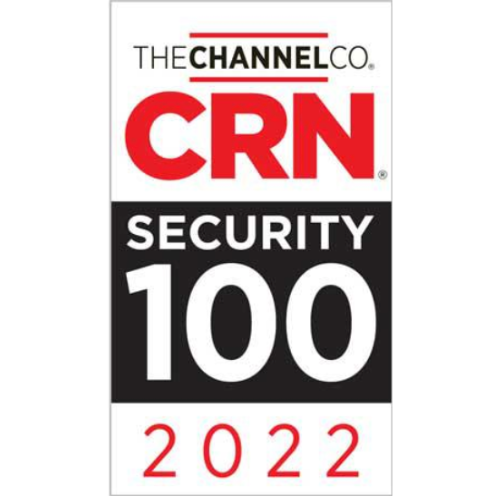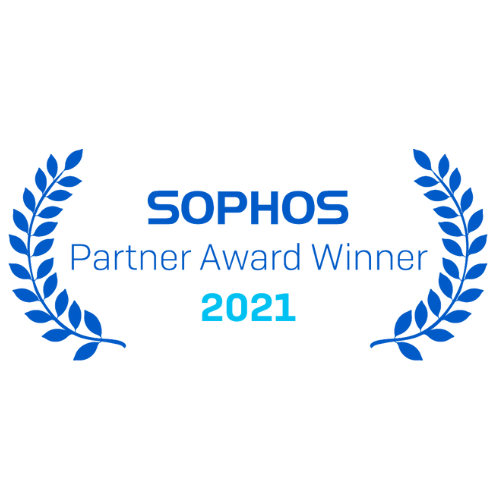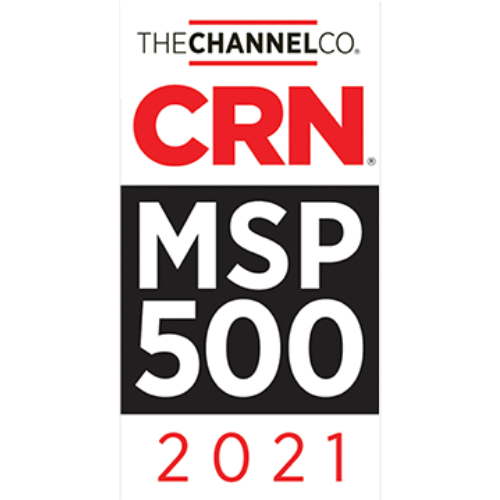With our continual pursuit to be a leader in portal and cloud computing in education, we were contacted by educationviews.org to give some insight on what we believe portal computing is and where the industry is going. Join us for this quick Q&A and please provide your insight and comments below. --Brandon Vancleeve
1) Brandon, first of all could you tell us about your education and experience.
I have a BS in Secondary Education with a Social Studies Broadfield Degree. Twenty five percent of our employees have Education degrees. I have worked with Pine Cove since the day I graduated from college. Being a family business, I had interest in following my dad’s footsteps, but it also allowed me to still work with schools, teachers and students, which is a big passion of mine.
2) Now currently, what exactly do you do to help schools and the learning process?
Pine Cove is an IT Consulting Company that provides consultation to school districts in the Northwest. From long range planning to full IT Support, we partner with our schools to create sustainable, long range IT initiatives. Included in that service are assessments, project planning, solution design, implementation and support.
3) Now- what exactly do YOU mean by Portal Based Technology? And does this term have different meanings to different people?
Our vision of Portal Based Computing is designed around a “Device Agnostic” strategy of providing portal access to dissimilar or similar equipment to allow students and faculty reliable, fast computing environments for optimal technology based learning. We want our schools to feel empowered to use whatever device best suits their specific classroom, school, and district needs, and we will provide the portal to that device or devices.
4) The abbreviation BYOD seems to permeate education–but realistically, not every single student has an ipad or i phone or even a cell phone and lap top. Are some of these tech leaders “jumping the gun” here? I have a student who jokingly told me they still use Millenium Edition on their home computer.( and it works just fine, thank you very much )
This is exactly where the Portal Computing comes into play. We cannot expect every kid to have or to purchase similar equipment (or any equipment). So, we are telling our schools “It doesn’t matter”. We will connect any device to the portal, allowing every student to have an equal playing field and every teacher to have a similar environment to teach to.
Imagine being a teacher these days and working in a BYOD environment where you have 10 different devices and 4 different Operating Systems in a single classroom. That is an impossible task.
5) I like apps. I think they can be useful and helpful in many realms and professions. However, how much time should be spent on them, and how useful are they to the actual learning process?
In our opinion, the apps are as useful as the teacher using them. The apps cannot drive the learning. The teacher does that and will always do that. There and millions of apps out there, and many of them are amazing, but the ultimate challenge is how to incorporate those apps into my lesson plan, my unit, and my common core requirements.
6) Now, let’s talk about the term some do not want to talk about – the “app gap”. What about those poor poverty stricken students, operating on a Pell grant and Ramen noodles who can’t afford all this technology?
The “B” in BYOD can stand for different things. While most the time we are talking about “bringing” your device, sometimes we might be “borrowing” a device. If we are operating in a 1:1 environment, we are crazy to think every kid will have their own device, remember their own device or even use the same throughout a school year. The district must hold a “pool” of devices that kids can use permanently or temporarily to ensure fairness and equal access to all students. By using portal access technology, it doesn’t matter if they are on their own device one day and a school issued device the next. The device is just an access point to their working environment.
7) I see it all the time– students on computers, playing computer games—are instructors simply not assigning enough homework? Or do some students just have bad habits?
In my opinion, that is the just the way of the world these days. Kids still have and need “free time”. They are just using that time differently than when you or I went to school. Their lives are based around instant access and multiple-sensory engagement. Why not embrace that? I’m not saying kids should be on an electronic device 24×7, but I think trying to pull that away from them completely is not the answer.
8) Increasingly, the schools are seeing more and more kids with exceptionalities, disabilities and health impairments. Teachers are poorly trained to make modifications for these kids- How does your organization help?
Our role lies in the computing environment, and that is where we try to make a difference. Our goal is to not limit the speed in which a student can learn with their technology devices. By providing fast and reliable computing environments, we can empower ALL students to work at the speed and productivity they are capable of.
9) The one thing I hear from teachers is that they have no time to learn the newest technology and the learning curve is quite large for these individuals. Your thoughts?
We 100% agree with this problem and concern of our teachers. They are not gaining any time in their days to be able to keep up with the changing world of Educational Technology resources. The teachers that I have seen have the most success with this issue are the teachers that understand and are comfortable with the fact that their students know more about the technology than they do, and they embrace it. These kids have a wealth of technical knowledge and we need to learn the balance of empowering them to drive technology usage, while still maintaining control of the classroom.
10) Where do these clickers fit into the big curriculum picture? Valuable asset or time wasting tool?
We believe that each student’s individual device needs to be able to do everything for them. Our opinion is that these response tools need be able to be performed from their everyday device and not be a separate piece of equipment.
11) Different platforms- result in different stressors- True or False- and how do you cope with this dilemma?
True, different platforms grow different stressors exponentially. Imagine being a teacher using technology and teaching to 10 different devices from 4 different platforms. It would be a nightmare. Our resolution to this goes back to the portal. Take the existing platform and device out of the equation and provide 1 platform with all of my needed tools. Students are playing on an equal playing field, and teachers are teaching to one environment.
12) Text messages- in the big scheme of things – how important are they?
They are not important if they are not used the right way and the safe way. If text messaging is used for classroom response and interaction, it can be a useful tool. I think too often we blame the technology for disruption and breaches in child security and protection, but what did we do before technology? Before text messaging, kids passed notes but did we blame the pencil and paper or did we blame the student and the supervision in the setting?
13) You and I know that some instructors still Power Point their students to death. Does Power Point still have a place or does it go the way of the edsel (which you may have to explain, since the current generation probably doesn’t have the background knowledge to understand the metaphor)?
I think it still does have an important place in classroom presentation, but it needs to be used as an additional resource and not as a crutch. Students want to be engaged with multiple things at the same time. They are the best multitaskers in the world, so let’s use Power Point or other presentation tools to help provide multiple engagement tools to these kids that are asking for that.
14) Cloud computing–provide our readers with your understanding and usage of this in the current school situation.
If you asked 20 people their definition of cloud computing, you would get 20 different answers. Our stance on cloud computing is that it is the future, but the path in which each district gets there can be much different. At Pine Cove, we try to balance the Public and Private Cloud. What makes sense to manage in the local district’s data center? What can be pushed off site? In our area of the world, bandwidth is limited and pushing all computing outside of the district is not an option for many of our districts.
15) One to one instruction- say violin, cello, flute—is this becoming a lost art ? Or a realm of dinosaurs?
One to One instruction is actually becoming more common with the use of technology. Students from anywhere in the world can get access to specialists through the use of distance learning tools. Students are no longer limited to the resources they have at their individual school or district.
To learn more click below:
Full Story: http://educationviews.org/an-interview-with-brandon-vancleeve-on-portals-and-clouds/
By Michael F. Shaughnessy
